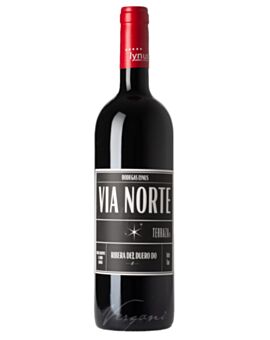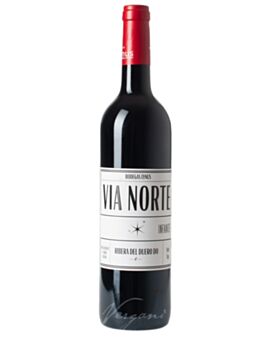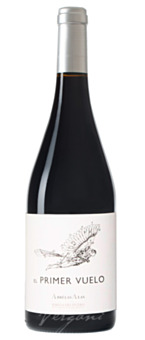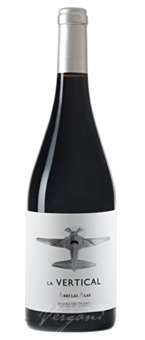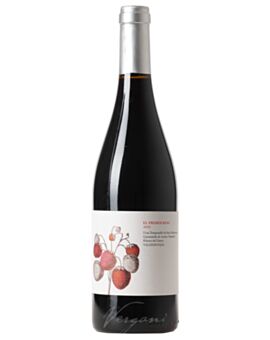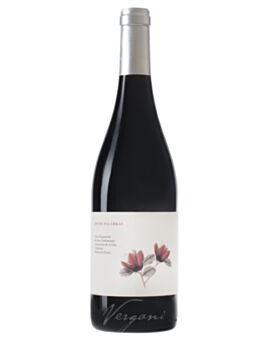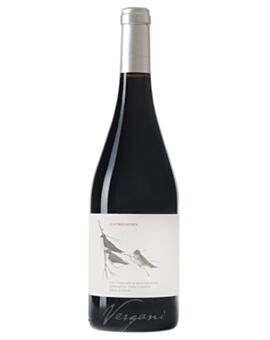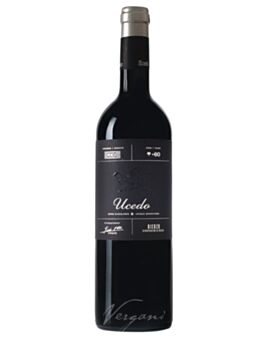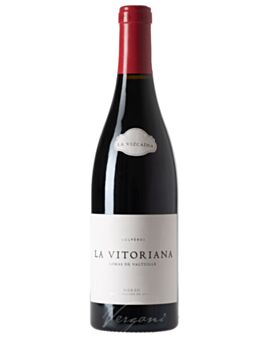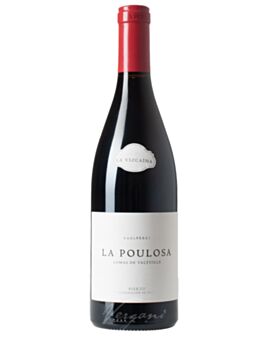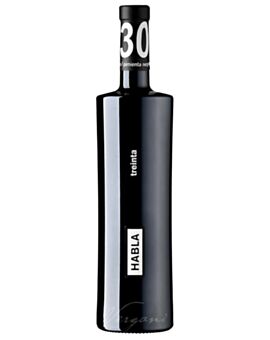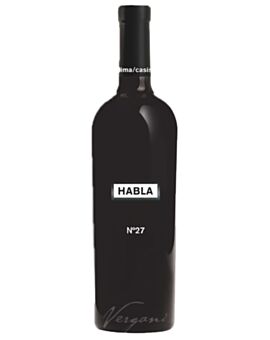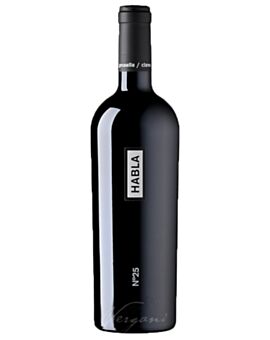Red wine | Vino rosso






Red wine
With us you will discover the fascinating world of Italian red wines, from north to south. Agreed, also from Switzerland and Spain we have incomparable trouvailles for you to offer. But just. Never too much of a good thing. For over 130 years, we have carefully selected only wines that meet our demanding quality criteria. You can rely on that.
Red wine from blue grapes?
First of all, red wine is always made from blue grapes. However, blue grapes are not always used to make red wine. Because from blue grapes you can also make white wine or rosé wine. If you cut a grape, you will notice that the pulp is light in color. If you crush the grape, you will quickly realize that the juice is also light. The red pigments are in the berry skins, not in the juice.
The color of the wine depends not only on the grapes, but also on how and when the grapes are pressed. For the difference: who makes white wine, presses the grapes immediately after harvesting and ferments the grape must (without the skins). In red wine, on the other hand, the crushed berries are fermented. The technical term for the crushed grapes is mash, the whole process - mash fermentation. During fermentation, the alcohol dissolves the colorants from the berry skins, and the liquid absorbs color. But not only color is released, also tannins, so-called tanninsget into the wine in this way. They provide for this furry feeling on the tongue and also for the fact that the wine becomes longer durable.
Shelf-stable or precocious?
Particularly high quality wines are hand-flooded, which is the name given to the submerging of the skins or grape cap that floats on top of the mash. This brings all the liquid into contact with oxygen, resulting in more velvety wine at this early stage of fermentation. It is the mash fermentation that, by releasing the tannins from the skins, ensures wines have a longer shelf life. So this also clarifies the question of why white wines cannot usually be stored for so long.
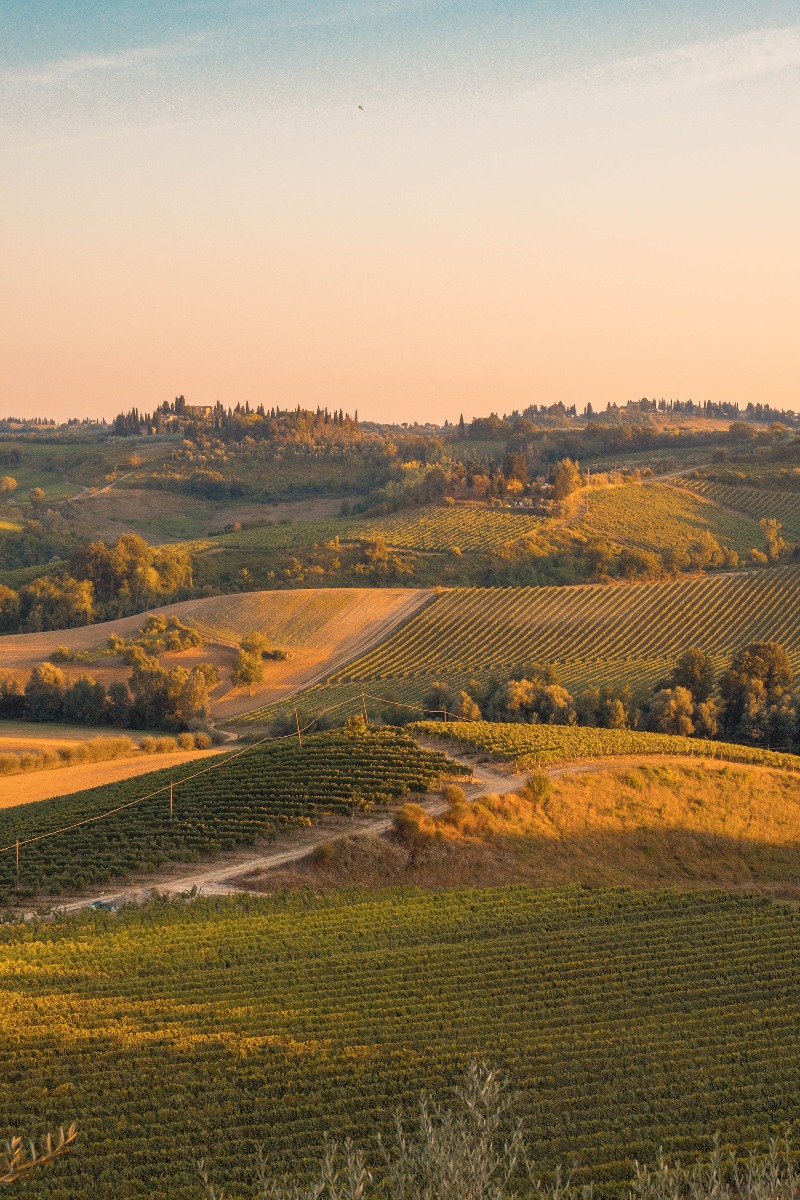
Simple red wines can also be produced by another method. In this case, the mash is heated for color extraction, because the red color can also be triggered by an increased temperature. To do this, the mash is briefly heated to 67 to 85°C and immediately cooled and pressed again. The resulting must does not yet contain alcohol, but it does have an intense color. As with white wine, fermentation then takes place without the must in temperature-controlled fermentation tanks. This results in simpler wines with less Shelf lifebut which offer faster drinking pleasure.
Decanting or decanting?
Decanting is often talked about. Most of the time, however, you can do without it. And what, pray tell, does decanting mean? One is often confused or mixed up with the other. Whoever speaks of decanting does not mean in the narrower and original sense the aeration of the wine, but the decanting of the wine into a carafe for the purpose of separating the deposit. It is therefore a purely mechanical separation of the sediment from the wine. Some find that this sediment not only looks unsightly, but often has a bitter taste that you would not necessarily want to drink. Others, however, such as the Barolo king Elio Altare, portrayed in Vergani magazine, say with a smile: "Tartar? That's cutting-edge medicine. No pharmacy sells a better sedative."
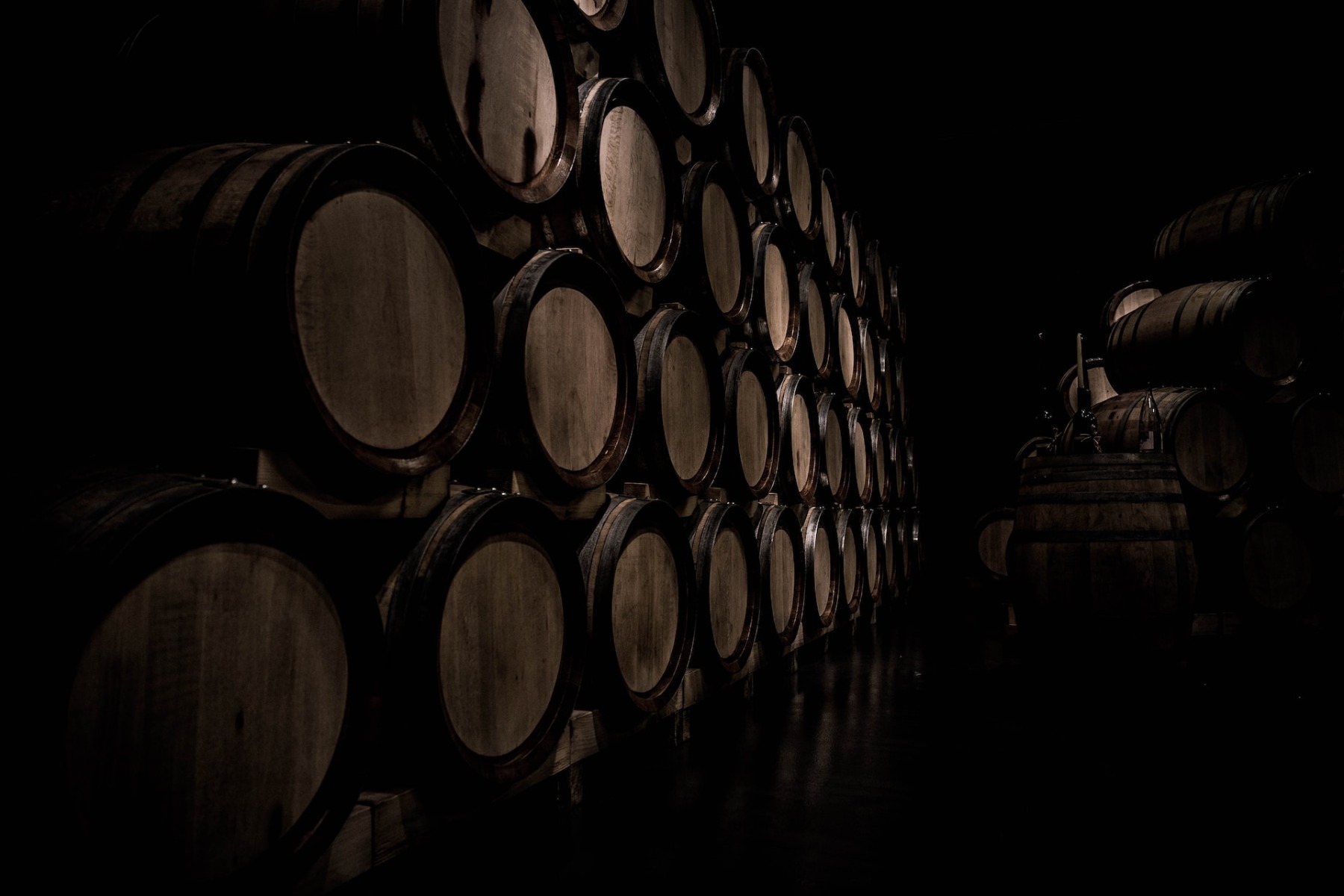
However, the sediment is mainly found in older red wines. And this is precisely where the crux lies: if older wines come into contact with too much oxygen too quickly, they run the risk of collapsing. That's what they say. You could also say they go limp in the glass. The older a wine is, the fewer tannins it contains and the faster it reacts with oxygen. Experts therefore advise tasting the wine immediately after opening. If it already has a full aroma, you should not decant it. If you still want to decant, you should use a special carafe with a small opening. Basically, if there is sediment, it helps to work with good light, so that you can see when the sediment approaches the neck of the bottle. And, of course, the bottle should have been standing for some time beforehand so that the sediment can settle to the bottom at all.
The pure aeration of the wine is called caraffing. Especially with young red wines, it can be useful to give the wine an "oxygen shock" before enjoying it, so that its taste can develop more quickly. Why? The molecular structures in wine form fast bonds with oxygen, which makes it more accessible.
So what to carafe now? Younger, tannic wines, such as Baroli from Piedmont, can certainly gain in flavor; a little oxygen does them good. Light white wines or older growths do not need this procedure. The younger the wine, the more time it needs to breathe. Ideally, one to two hours in a carafe with a flat, wide base that allows extensive contact with oxygen. And no: just opening the bottle has virtually no breathing effect on the wine. The bottle opening is too small for the entire contents to interact with the little bit of oxygen in the neck of the bottle.
What is the perfect drinking temperature?
Red wines are usually not drunk that cold. But young often means fresh. The lighter and fruitier a wine is, the cooler it may be served. For light red wines, one speaks of around 14 degrees. Medium-bodied wines feel comfortable at around 16 degrees, and full-bodied wines such as Chianti or Barolo or even Amarones like it warmer. They exude their full charm at around 18 degrees.
How long can it be stored?
The plain truth is: only a small part of the world's wine production has the stuff, i.e. the facilities, to get better with age. This means that at least 90 percent of all wines were created for drinking in the near future and should therefore be enjoyed after one to two years. Only 10 percent have the potential to increase in complexity with time.
But how does one know which wines should still be stored in the cellar and which belong to the 90 percent of quick drinking pleasure? To do this, you need to know the fermentation process. Storage causes a gradual breakdown of the tannins in the wine. This leads to a reduction of the fruity primary aromas in the aromatics. In simple wines, oxidation sets in early. However, if a wine has a lot of tannin and acidity and complex aromatics, exciting tertiary notes such as ripe fruit, foliage, moss, tobacco, licorice, et cetera in the case of red wines or the typical tropical fruit and honey aromas in the case of white wines emerge as a result of the breakdown of tannins. However, when the zenith has been passed, the aromas tip over into sherry notes or the smell of rotten apples can be detected. There are also red wines and rare white wines that should definitely be stored because the aging process changes the wine in an impressive way. Wines with a lot of alcohol, tannins and acidity are often unapproachable and unattractive in their young years. It is only through the breakdown of tannins over the years that the full complexity of flavors and harmony on the palate develops. These wines are deliberately vinified to thrive on the complex aromatics.
These wines are perfect to forget them a little in the cellar:
- Top wines from Tuscany such as Chianti Gran Selezione, Brunello or the "Supertuscans".
- Barolo, Barbaresco, Amarone
- Great Spanish from Priorat, Bierzo, Ribeira del Duero or Castilla y León
- Bordeaux wines, for example from Saint-Emilion, Médoc, Paulliac, Pomerol or Saint-Estèphe
- Bottle fermented sparkling wines with vintage like Champagne or Franciacorta
- Great white wines, often aged in wooden barrels
- Top burgundy
- Wines from the Côtes du Rhône and Châteauneuf-du-Pape
What does tannin do in red wine?
The perception of this astringency (lat. adstringere = to contract) comes from the fact that the tannins interact with the proteins of the saliva and bring them to the so-called precipitation, whereby the saliva loses the lubricating or oily effect. This is then called "desiccating" tannins and these therefore leave less of a taste impression on the palate and more of a sensory impression. Tannin accentuated red wines are rarely drunk without food accompaniment. Ideal match grilled meats and (braised) meat dishes.
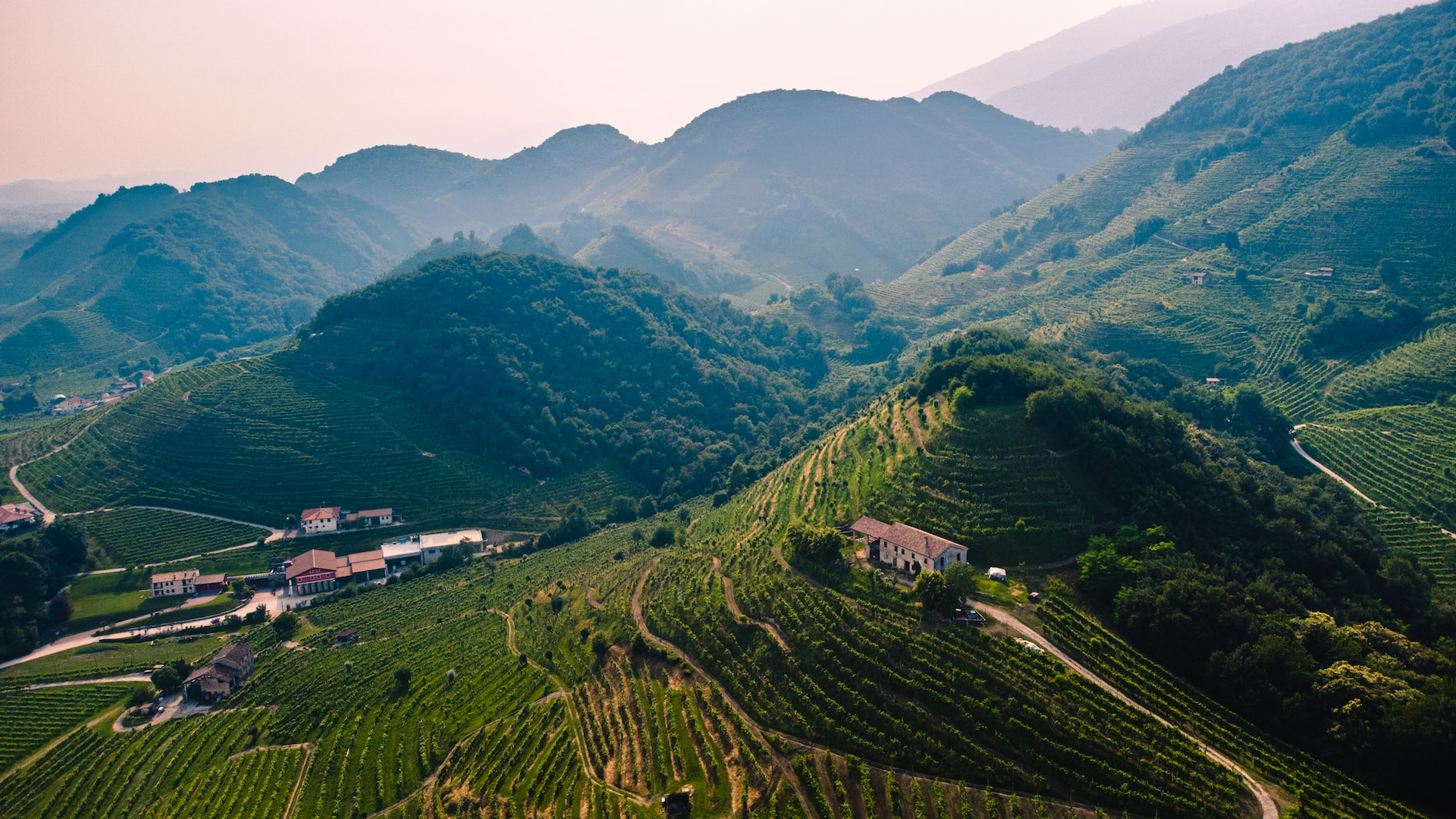
Tannins are also called aging substances, which means that the more tannin a wine contains, the longer it can be stored. Tannins are found in the skins, rape and seeds of the berries, but their hardness is undesirable in wine, so the grapes are usually destemmed and the mash pressed without crushing the seeds. Another origin of tannin can be through the aging of the wine in wooden barrels. New wood exchanges with the wine and releases tannins to it. The great art of the winemaker is to find the right measure and the right wood for a wine.
Steel, wood, clay
Wine does not only ferment and rest in wooden barrels or in steel tanks. For thousands of years, wine containers have also been made of clay. And more recently, they have also been made of concrete. Whether large or small barrels, amphorae or eggs: the choice of container exerts a great influence on the final result. And yes, you read correctly, more and more winemakers swear by eggs. They have discovered the advantages of concrete, and concrete tanks are not a new invention. The material offers optimal conditions for winemaking. The advantages: Like steel, concrete allows for a clear aroma that is unaffected by wood, i.e. without tannin release. In addition, the material allows a fine oxygen permeability due to its slightly porous structure. This allows the wine to "breathe" - in very fine doses.
Opinions regarding the influence on taste differ, skeptics are convinced that they can perceive a minimal minerality, which, of course, proponents strictly deny. However, concrete has one undeniable advantage, it clarifies the wine in a natural way, and this brings us to the Egg of Columbus, so to speak. This is because the wine molecules collect on the curved egg wall and slide downward, while the clear part of the wine rises upward in the middle. White wines are both fermented and stored in the egg, while red wines are only filled for aging after fermentation. However, it is not only the proverbial weight of the concrete egg that is significant; the costs are also not to be sneezed at. Such a concrete egg costs about 3000 francs, but it also lasts much longer than a barrique barrel.
The egg shape is not new, since ancient times, the curved vessels called amphorae have been known. More and more winemakers are fermenting their wine naturally in clay amphorae, which are often buried in the ground. A practice of antiquity. Clay shards from excavations prove that they were already in contact with wine 7,500 years ago, i.e. wine was stored in clay vessels. We could also say that the must was stored in them and through spontaneous fermentation was created - heureka - wine. The origin of vine and wine is believed to be in the South Caucasus, today's Georgia. And around the Black Sea this ancient method has been preserved over the centuries. This is also the origin of the "Kvevri", the name of the huge clay vessels that are made by hand over several weeks and then gently fired in a large kiln. Needless to say, they are only produced in small quantities. Transport has proven to be a particular difficulty, for their size the amphorae have a very thin wall of natural clay of only about 1.5 cm. So every winegrower is happy if he doesn't get a pile of broken pieces after waiting for several years. In order for them to withstand the weight and pressure of filling at all, they are buried in the ground. But once the clay amphorae are in the ground, there is little left for the winemaker to do. After all, the purpose and goal is to let nature prevail. The earth provides the perfect temperature balance and certainly no one can accidentally disturb fermentation processes, leave a door open or otherwise interfere with nature in any way.

